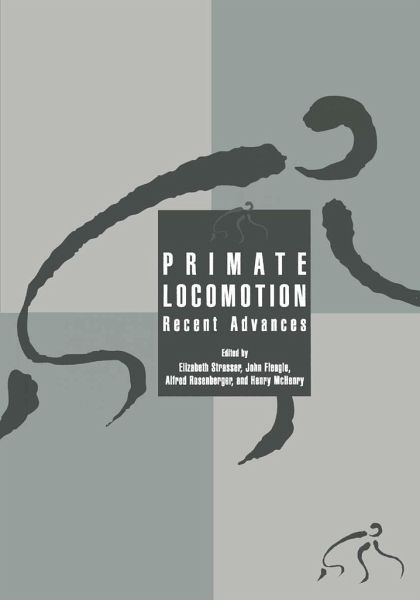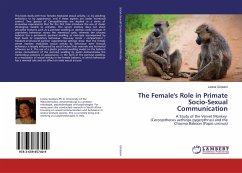
Primate Locomotion
Recent Advances
Herausgegeben: Strasser, Elizabeth; Fleagle, John G.; Rosenberger, Alfred L.; McHenry, Henry

PAYBACK Punkte
76 °P sammeln!
The study of primate locomotion is a unique discipline that by its nature is interdis ciplinary, drawing on and integrating research from ethology, ecology, comparative anat omy, physiology, biomechanics, paleontology, etc. When combined and focused on particular problems this diversity of approaches permits unparalleled insight into critical aspects of our evolutionary past and into a major component of the behavioral repertoire of all animals. Unfortunately, because of the structure of academia, integration of these different approaches is a rare phenomenon. For instance, papers on primate b...
The study of primate locomotion is a unique discipline that by its nature is interdis ciplinary, drawing on and integrating research from ethology, ecology, comparative anat omy, physiology, biomechanics, paleontology, etc. When combined and focused on particular problems this diversity of approaches permits unparalleled insight into critical aspects of our evolutionary past and into a major component of the behavioral repertoire of all animals. Unfortunately, because of the structure of academia, integration of these different approaches is a rare phenomenon. For instance, papers on primate behavior tend to be published in separate specialist journals and read by subgroups of anthropologists and zoologists, thus precluding critical syntheses. In the spring of 1995 we overcame this compartmentalization by organizing a con ference that brought together experts with many different perspectives on primate locomo tion to address the current state of the field and to consider where wego from here. The conference, Primate Locomotion-1995, took place thirty years after the pioneering confer ence on the same topic that was convened by the late Warren G. Kinzey at Davis in 1965.














